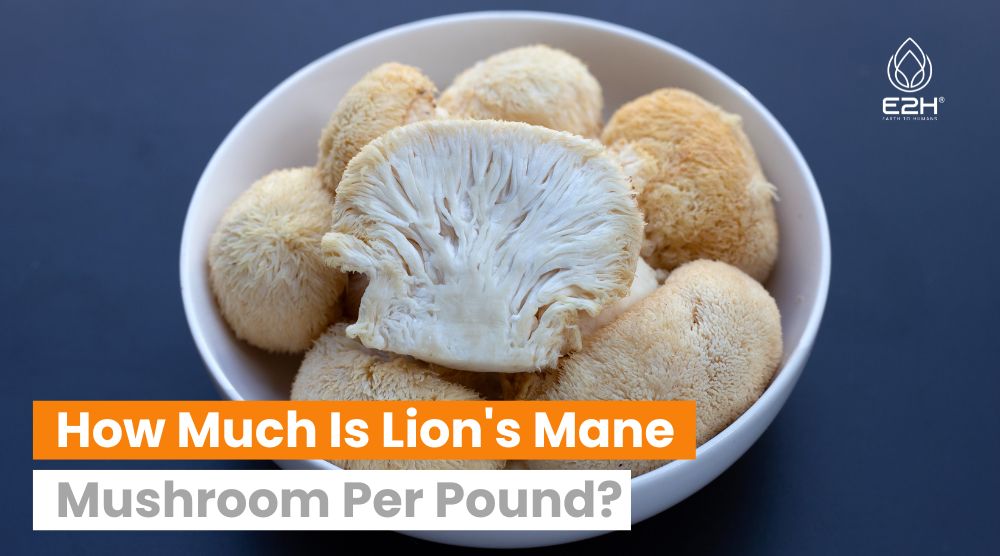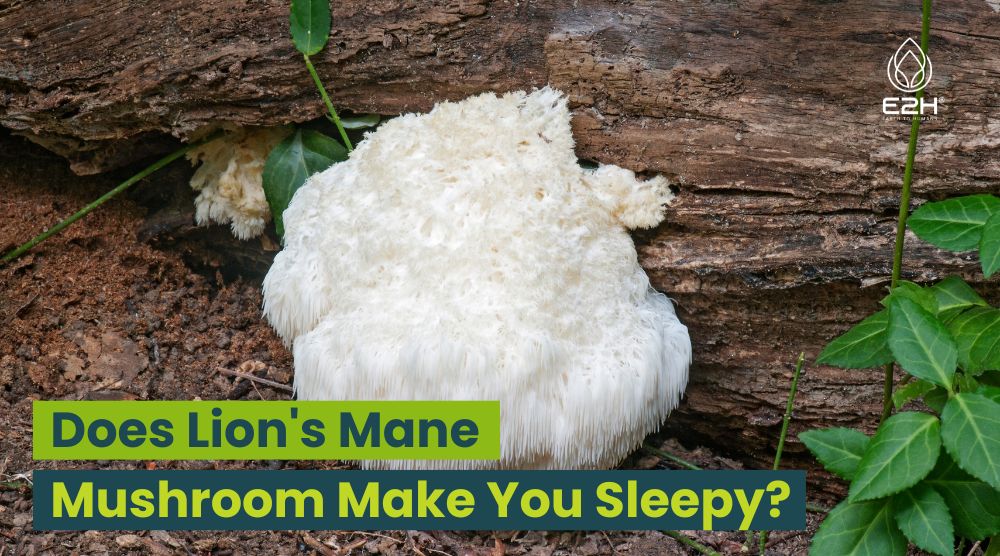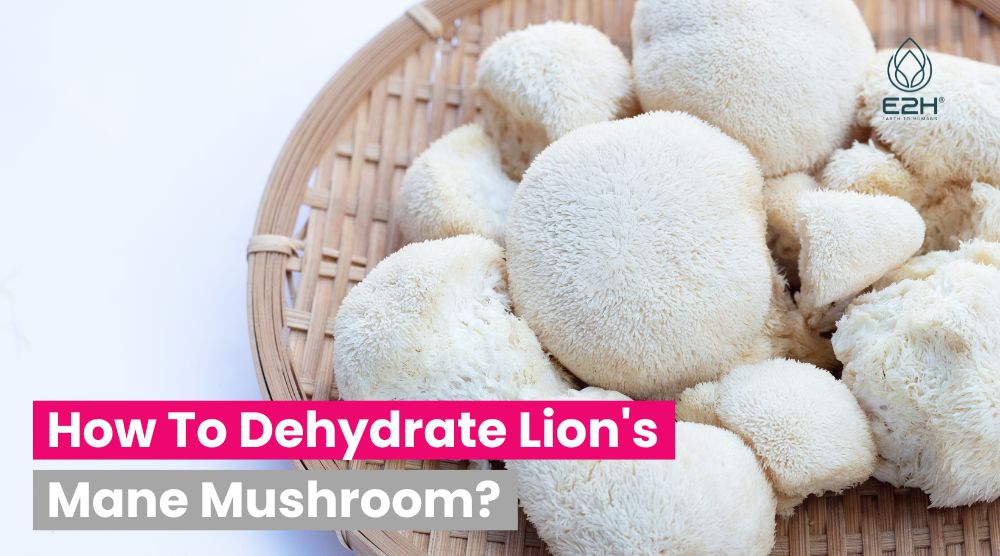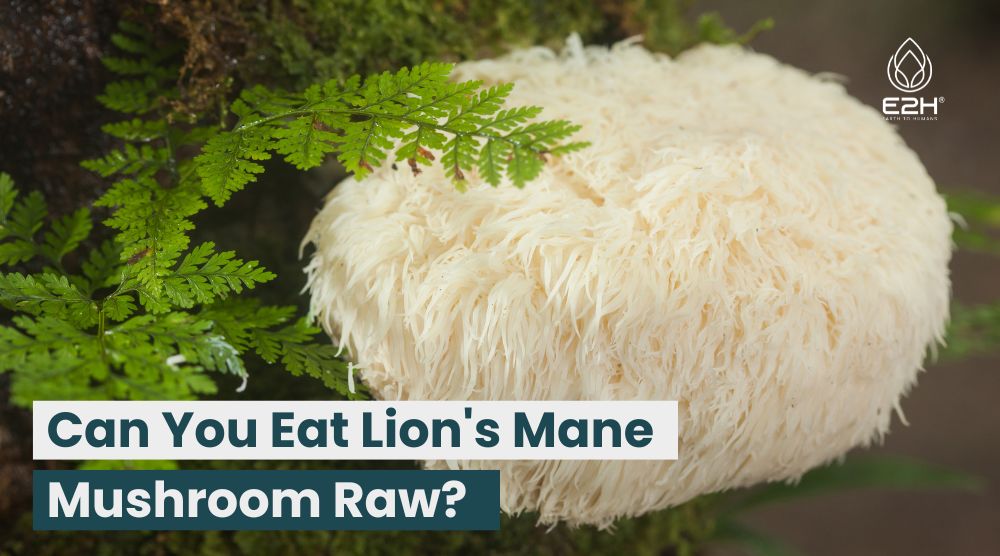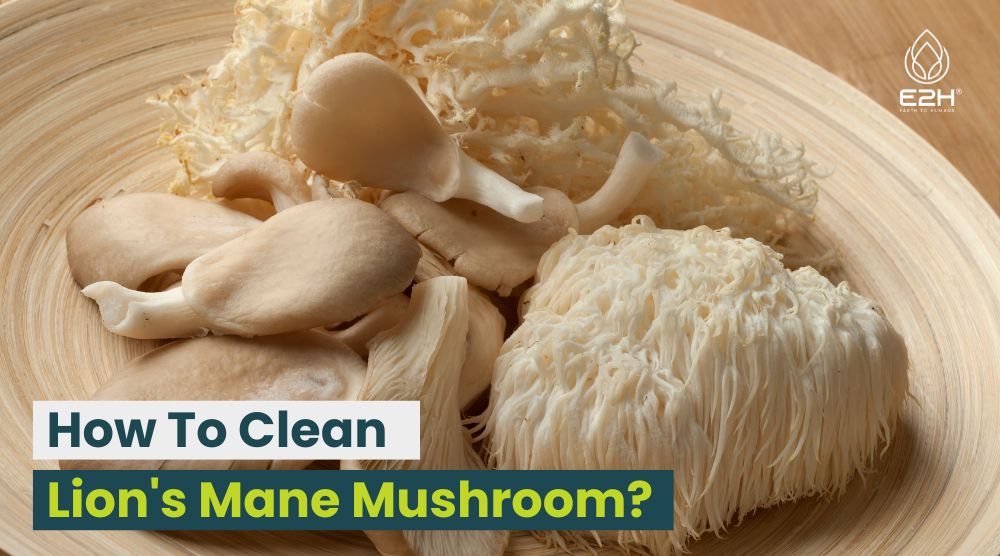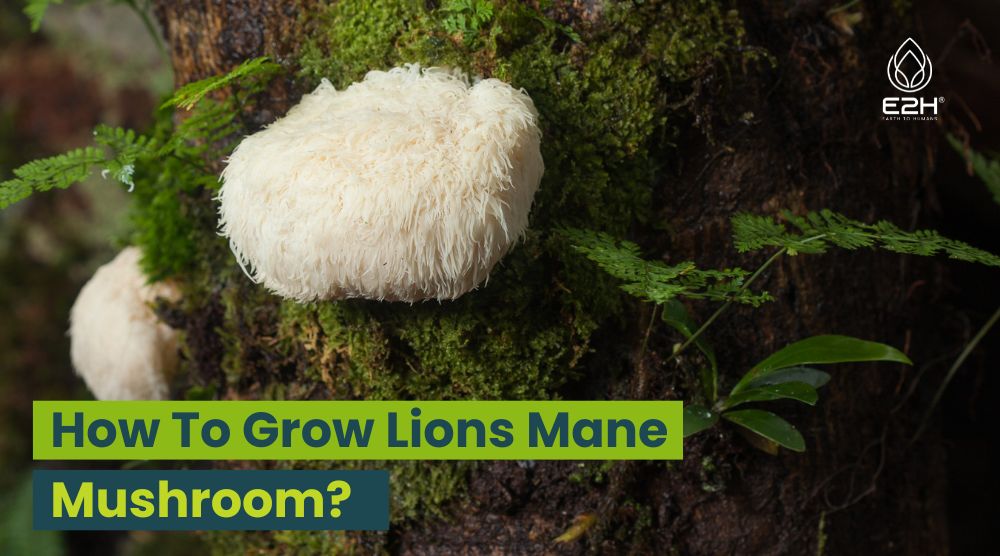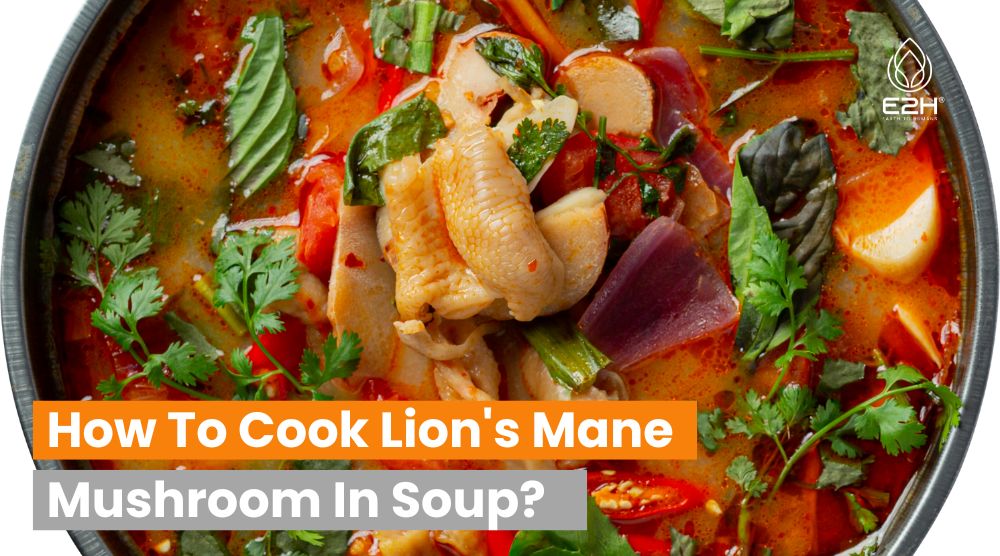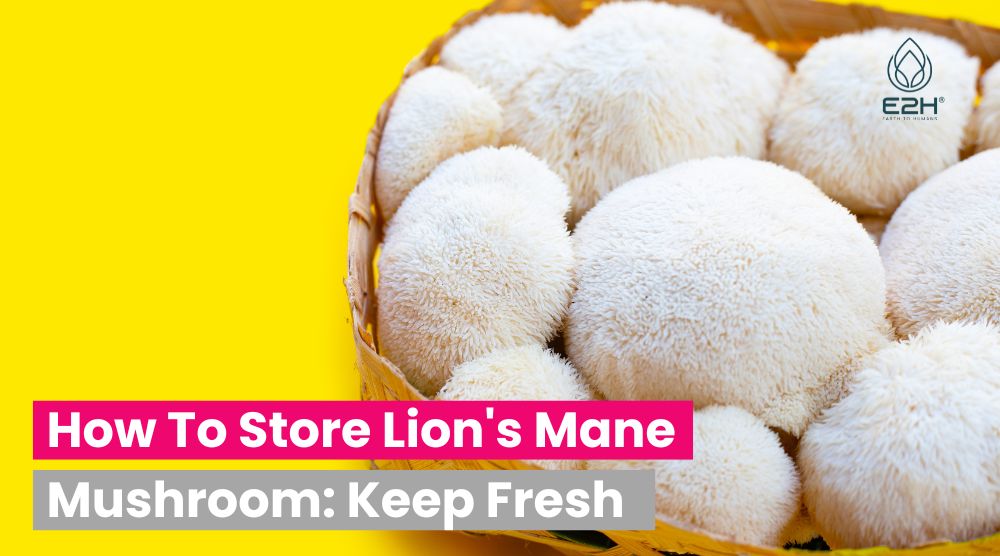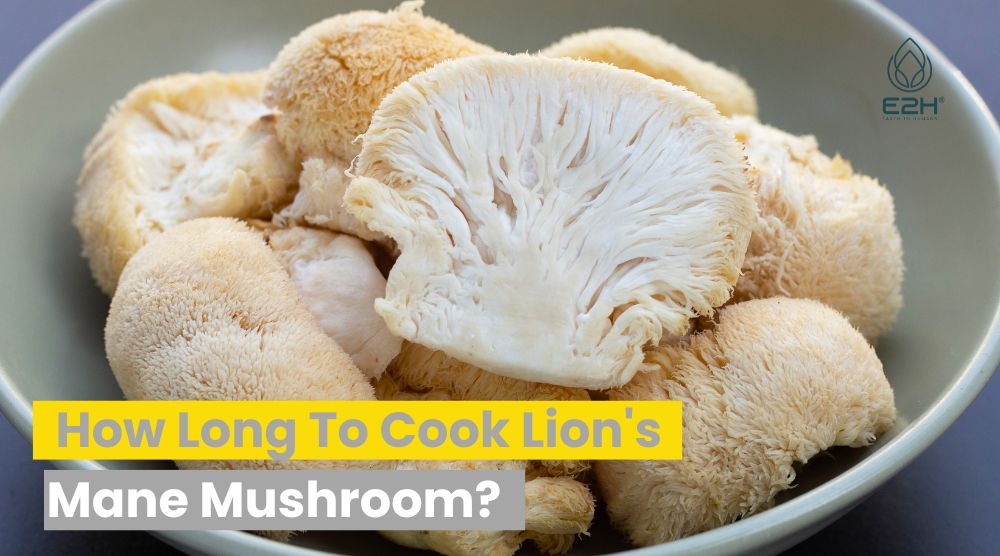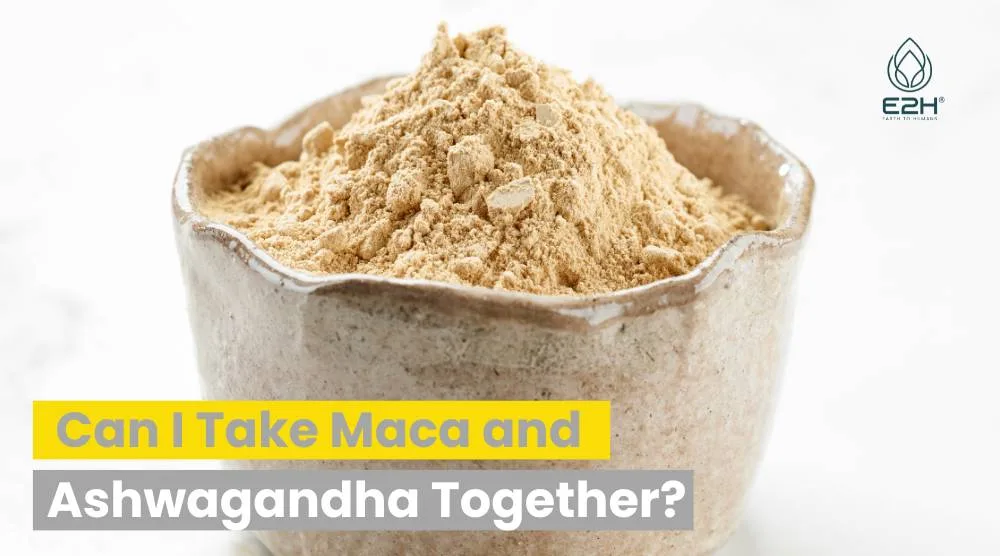How much is lion’s mane mushroom per pound: The price of Lion’s Mane mushroom per pound typically ranges from $20 to $40, influenced by factors such as demand, availability, and its unique cultivation process.
Commercial Demand and Pricing Factors
The growing interest in natural remedies and supplements has propelled Lion’s Mane into the spotlight. As more people seek alternative health solutions, the demand for Lion’s Mane has surged. This increasing demand has contributed to the mushroom’s relatively higher price compared to more common fungi. Additionally with most expensive mushrooms, the unique cultivation requirements and intricate harvesting process also influence the final cost.
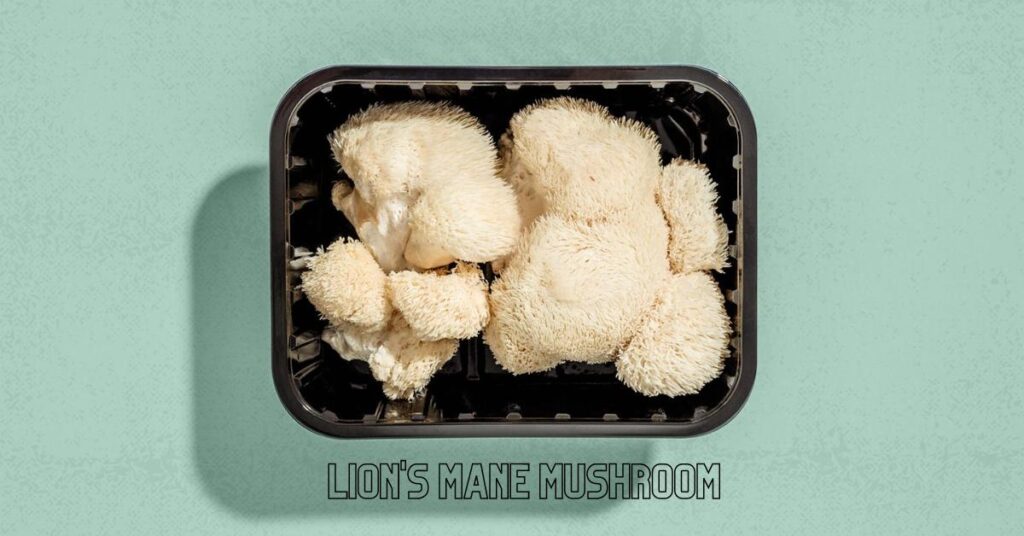
Current Price Range
The price of Lion’s Mane mushroom can vary significantly. On average, it can cost anywhere from $20 to $40 per pound. However, prices can experience fluctuations due to several factors, including availability, seasonality, and market demand. Consumers might observe higher prices during periods of increased interest, such as cold and flu seasons when immune-boosting supplements are in high demand.
Comparison with Other Mushrooms
When comparing Lion’s Mane’s price with other medicinal mushroom varieties like button mushrooms or portobellos, the difference is notable. This discrepancy can be attributed to factors like cultivation complexity, harvesting intricacy, and the mushroom’s specialized benefits. While button mushrooms are widely available and easier to cultivate, Lion’s Mane’s unique medicinal properties contribute to its higher cost.
Factors Affecting Price
Availability plays a pivotal role in determining Lion’s Mane’s price. Unlike more common mushrooms, Lion’s Mane isn’t available year-round due to its specific growing conditions. This seasonality affects its supply and, consequently, its price. Additionally, the cultivation process is more time-consuming and intricate, adding to the overall cost. The rarity of Lion’s Mane contributes to its perception as a premium product.
Market Trends and Future Projections
As the interest in holistic health and natural supplements continues to rise, the demand for Lion’s Mane is expected to follow suit. This upward trend is fueled by consumers seeking alternatives to synthetic supplements. With this trajectory, experts predict that the price of Lion’s Mane might experience moderate increases in the coming years, driven by sustained demand and limited supply.
Where to Buy and Tips for Consumers?
When purchasing Lion’s Mane, it’s essential to source it from reputable suppliers. E2H, specialty grocery stores, and farmers’ markets are reliable options. To ensure quality and authenticity, opt for certified organic or verified sources. Carefully read product labels and descriptions to verify the origin and quality of the product.
DIY Cultivation and Cost Savings
For enthusiasts looking to explore mushrooms grow Lion’s Mane without breaking the bank, home cultivation is an appealing option. DIY cultivation kits are available for those interested in growing their own Lion’s Mane mushrooms. Not only does this provide a cost-effective approach to wild mushrooms, but it also offers the satisfaction of cultivating a unique and beneficial ingredient from scratch.
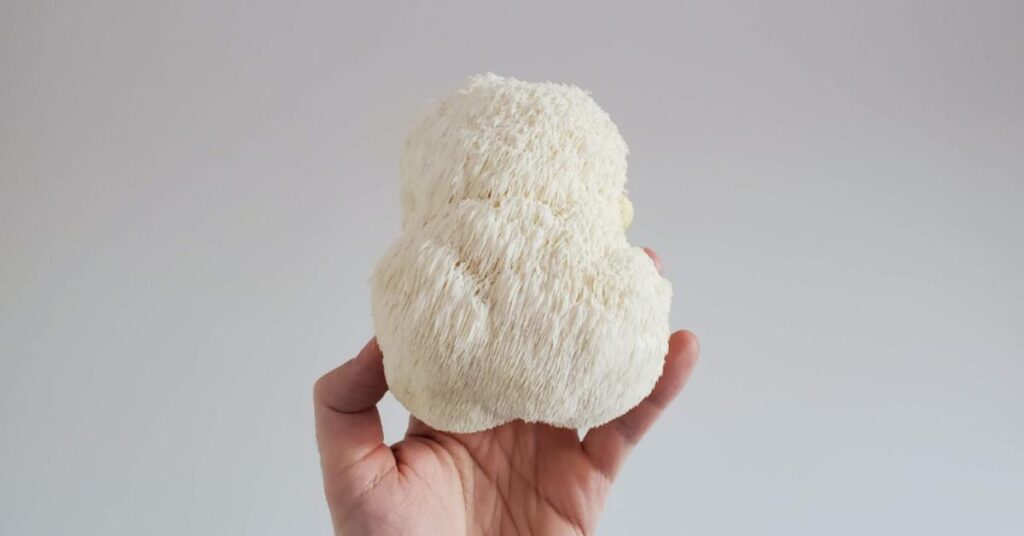
Nutritional and Medicinal Benefits
Lion’s Mane mushroom boasts an impressive nutritional profile, containing essential amino acids, minerals, and vitamins. Beyond its nutritional value, Lion’s Mane has gained popularity for its potential health benefits. Studies suggest that its consumption may support cognitive function and neurological health. The edible mushroom is believed to enhance nerve growth factor (NGF) production, which plays a crucial role in brain health. Additionally, Lion’s Mane is considered to have immune-boosting properties, making it a valuable inclusion in the realm of natural supplements.
Cultivation and Harvesting
Cultivating Lion’s Mane mushrooms requires specific environmental conditions. They thrive in cooler temperatures and high humidity, often resembling the climate of their natural habitat – the forest floor. Cultivation involves growing the mushroom on a substrate, usually a mix of hardwood sawdust and other nutrients. Harvesting Lion’s Mane is a delicate process to ensure optimal quality. Unlike traditional mushrooms, Lion’s Mane is plucked when it reaches its prime, with its cascading “mane” fully developed.
Is Lion’s Mane Worth It?
Lion’s Mane, with its potential cognitive and immune-boosting benefits, can indeed be worth the investment. Its unique medicinal properties, such as promoting nerve growth factor production, offer value to those seeking natural health enhancements. While its price might be higher than common mushrooms, the potential advantages it provides make it a worthy addition to culinary endeavors and supplement routines.
What Is the Most Expensive Mushroom to Grow at Home?
Among the mushrooms in the world and rare mushrooms most suitable for home cultivation, the Truffle stands as one of the most often and most expensive mushrooms to grow. Truffle cultivation demands meticulous attention to specific growth conditions, including soil type, climate, and tree associations. Given the time-intensive nature of truffle maturation, often taking years, its scarcity and market value contribute to its reputation as a high-cost home cultivation endeavor.
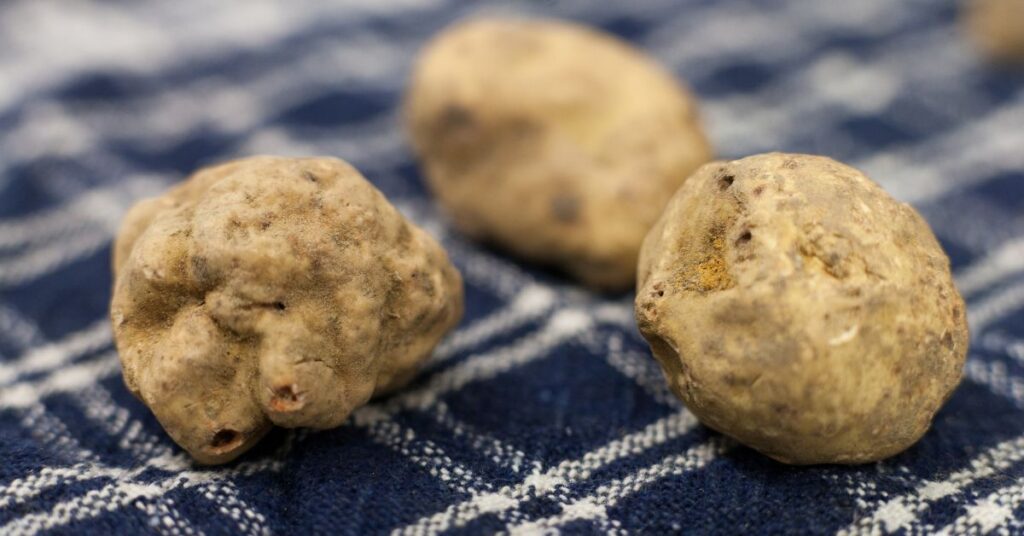
What’s the Most Expensive Fungus?
The Matsutake mushroom, revered in Japanese cuisine, holds the title of most expensive mushrooms and in the world the most expensive fungus. Prized for its distinct aroma and delicate flavor, the Matsutake is sought-after in international markets. Its scarcity, difficulty in cultivation, and reliance on specific tree symbiosis attribute to its high price, sometimes reaching several hundred dollars per pound. This culinary delicacy showcases how a combination of natural growth challenges and culinary demand can elevate a fungus to exorbitant prices.
How Do Oyster Mushrooms Taste?
Oyster mushrooms offer a delicate slightly sweet, mild flavor with subtle earthy and slightly nutty undertones. Their tender texture, akin to seafood, enhances their versatility in various dishes. When cooked, oyster mushrooms develop a tender, velvety consistency, making them a sought-after ingredient for both culinary and health-conscious enthusiasts.
Different Ways to Cook Shiitake Mushrooms
Shiitake mushrooms, prized for their rich umami and spicy flavor alone, can be prepared in diverse ways. Sautéing them with garlic and herbs enhances their savory profile. Incorporating them into soups, stir-fries, or risottos imparts a deep, complex taste. Drying shiitakes can intensify their mild flavor further, rendering them suitable for broths or teas.
What Are Enoki Mushrooms?
Enoki mushrooms, scientifically known as Flammulina velutipes, are slender, white fungi with tiny caps and long stems. They exhibit a crisp texture and a subtly fruity, mildly earthy flavor. Often enjoyed eaten raw, in salads or used as a garnish in soups and dishes, enoki mushrooms contribute a delicate crunch and unique taste to culinary creations.
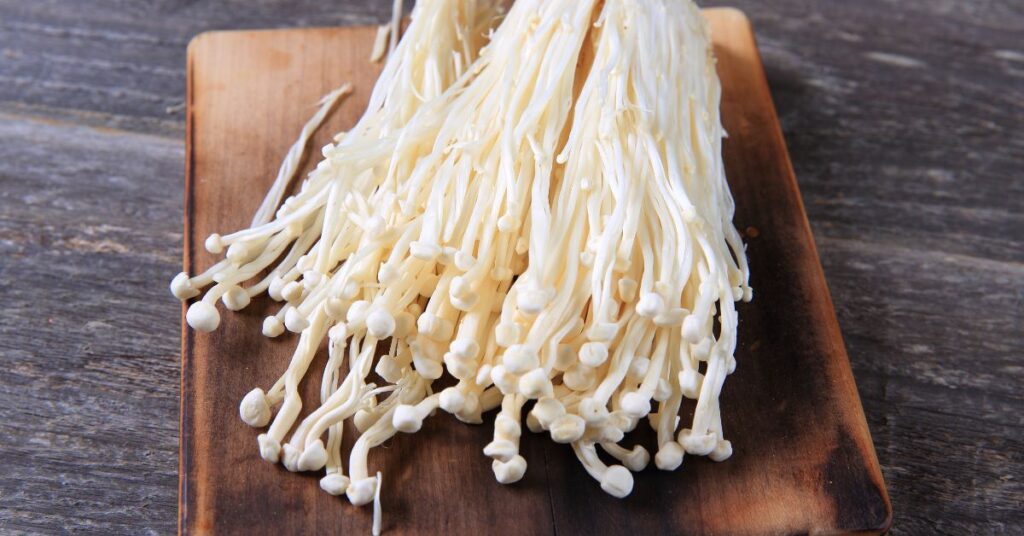
How Do You Cook Porcini Mushrooms?
Porcini mushrooms possess a robust, nutty flavor that intensifies when cooked. They are often used in risottos, pasta dishes, or sauces to lend depth and richness. To prepare, sauté sliced porcini mushrooms with olive oil and garlic until golden brown. Alternatively, dried porcini mushrooms can be rehydrated and incorporated into dishes for a concentrated earthy taste.
Lions Mane Dosage: How Much Lions Mane Should I Take?
FAQs
What is Lion’s Mane mushroom used for?
Lion’s Mane is used both in cooking and as a supplement due to its potential cognitive and immune system benefits.
Can I forage for Lion’s Mane in the wild?
While Lion’s Mane can be found in the wild, it’s essential to have expert knowledge to avoid mistaking it for mushrooms grow other, potentially harmful, fungi.
Are there any side effects of consuming Lion’s Mane?
Lion’s Mane is generally considered safe, but individuals with allergies to mushrooms should exercise caution.
Is Lion’s Mane available year-round?
No, Lion’s Mane availability is seasonal, influenced by its specific growing requirements.
Can I incorporate Lion’s Mane into my daily diet?
Yes, Lion’s Mane can be enjoyed in various dishes or consumed as a supplement, following recommended guidelines.
Conclusion
Lion’s Mane mushroom’s rise to prominence is a testament to the growing interest in holistic health and natural remedies. Its potential cognitive and immune-boosting benefits, coupled with its distinctive appearance, have contributed to its popularity. As demand for edible mushroom continues to climb, the price per pound reflects the intricate cultivation process, rarity, medicinal qualities and unique advantages that Lion’s Mane brings to the table. Whether enjoyed in culinary creations or integrated into a supplement regimen, Lion’s Mane stands as a symbol of nature’s remarkable offerings.
